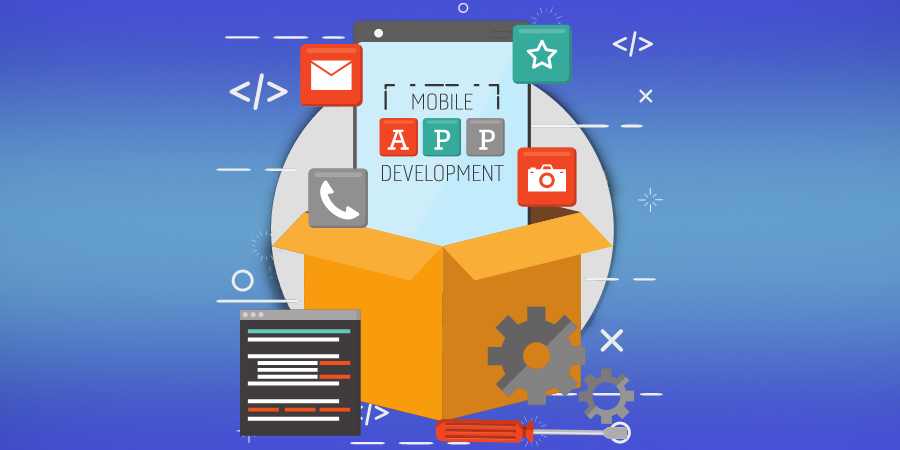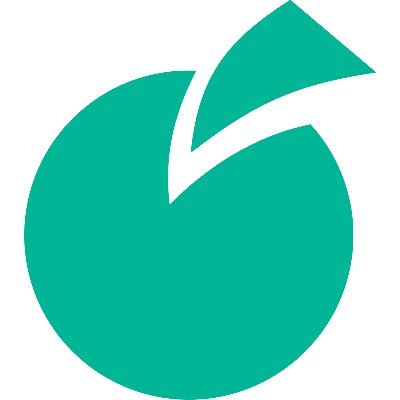
Introduction
With the fast-changing industry and increased competition, it's becoming increasingly difficult for small businesses and startups to compete in this ever-growing market without having mobile/web applications to run their businesses seamlessly.
When it comes to Mobile App Development, iOS and Android are two of the most popular platforms. These require unique codes for application development. For clients and mobile app development companies, the issue of developing two different apps for different platforms appeared as a problem. Cross-platform application development came as a savior.
Cross-Platform Application Development is the process of creating mobile apps that work across many platforms. According to it, mobile apps are designed with a single programming language that is a faster and more effective solution from a business’s perspective.
In recent years, Flutter has become one of the most popular cross-platforms. This article explains well why Flutter is the best choice for cross-platform mobile application development.
Discussing Flutter and its Component
Flutter is a cross-platform tool that uses a reactive, modern framework, widgets, and tools to create intuitive iOS and Android apps with a single codebase. Flutter app development is built on the object-oriented Dart programming language. Dart is a client-optimized programming language for writing Flutter app development code running across various platforms.
The Flutter software development kit's key purpose is to simplify and faster the development of cross-platform mobile apps. Regardless of the device's operating system - iOS or Android - the design of the mobile app is nearly the same.
Flutter has a comprehensive architecture with various components that enable developers to easily use a user-interface software development kit. Flutter SDK's core components are listed below:
Dart Platform
Developers use the Dart programming language to write the code for Flutter apps. Dart provides advanced features that give end-users more features in their projects. As part of the Flutter architecture, this language is well supported by the Flutter SDK.
The Dart virtual machine has a just-in-time execution engine that allows Flutter products to run smoothly on Windows, macOS, and other platforms. This engine allows for seamless changes in a running app. Changes in source files can automatically reflect in an app that has already been started with hot reloading. Moreover, these changes will appear in the app without any additional procedures.
Just-in-time and ahead-of-time compilations for all platforms like Android and iOS make app development using Flutter very efficient and give an errorless performance on all types of mobile devices.
Flutter Engine
This Flutter engine can implement several Flutters’ in-built libraries. Flutter uses the Google Skia Graphics library enabling flutter to support low-level rendering. As SDK's engine is written in the C++ programming language, It is interoperable with various native SDKs explicitly designed for an iOS or Android platform.
Some available libraries are network 1/O, plugin architecture, compilation toolchain, animation and graphics, accessibility support, and a Dart runtime. It offers a complete set of layout, platform, and foundation widgets.
Foundation Library
It has a number of APIs that make communication with the engine easier. With its primary functions and classes, the Flutter app development business can use the Flutter SDK to design highly scalable and interactive apps.
Design-specific Widgets
Flutter's whole architecture comprises two groups of widgets that follow the same set of rules, making them compatible with a variety of design languages. The first widget type is material design, consistent with Google's design language. And the other is Cupertino; they are compatible with Apple's requirements, specifically the iOS platform.
In a word, Flutter is a cross-platform SDK that provides design-specific widgets. As a result, businesses have a viable option for getting their apps developed at a lower cost and faster rate. (Source)
Key Reasons to Choose Flutter for App Development
Below are the reasons that make Flutter more impressive and compatible than other frameworks such as React Native
Low Development and Maintenance Costs
Building a native app can be expensive for startups since developers write different scripts for each operating system.
In the case of cross-platform apps, you can design applications that work flawlessly across multiple platforms using a single code base. As a result, it effectively lowers app maintenance costs.
High-end, Consistent Performance
Flutter's most essential feature is that it gives developers the ability to create a seamless user experience. Therefore, Dart is suitable to handle a large amount of code while maintaining all animation frames. It can deliver excellent and consistent performance without lag or halt, ensuring that developers do not experience dropped frames.
Exceptional User Experience
Flutter-based user interfaces can be installed on almost any platform. It allows developers to maintain the UI while switching platforms. App users may enjoy an outstanding, native-like experience across multiple platforms. SMBs may benefit from the most satisfying user experience.
Improved Productivity
Flutter has a Hot Reloading feature that allows developers and designers to collaborate productively and test changes without affecting the code. All UI updates are visible to both developers and designers during the app development process, saving time and effort.
The Hot Reloading feature can help a Flutter app development company increase its overall efficiency.
Suitable for MVP App Development
The mobile application development industry is experiencing a technological revolution. Experts suggest using a cross-platform framework to create a prototype where React Native, Flutter, and Xamarin are top choices.
In terms of design and adaptability, Flutter offers the following features:
-
Flutter is free and open-source, so there are no hidden costs.
-
Hot Reload allows for rapid app development.
-
Integration with Firebase is simple. Developers can use Google's Firebase as a backend, which allows them to create serverless and scalable apps.
-
Easy connection with existing apps lets you incorporate new user interfaces into older apps.


























 Batoi Research Group
Batoi Research Group